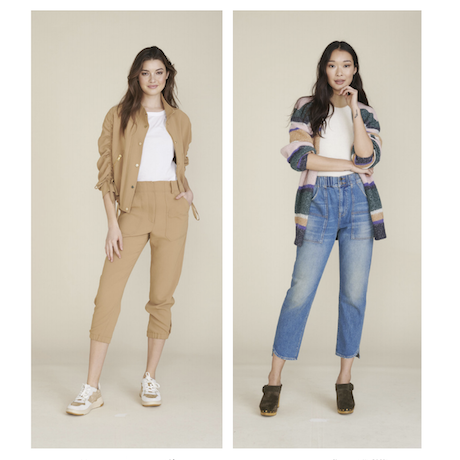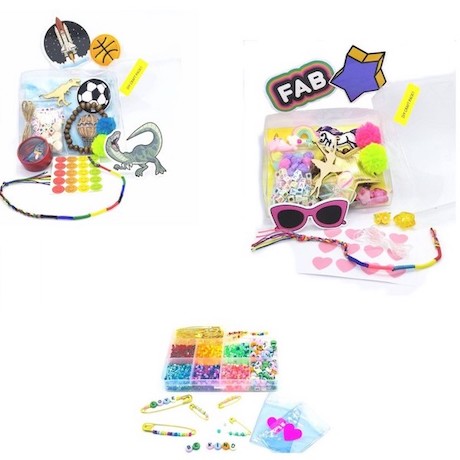The Three Color Rule

Back in June of 2016, I shared with Stylebook readers my own color theory, developed over years of wearing clothes, reading and writing about clothes, and getting paid to buy clothes for others. In it, I broke down my own process in wearing neutrals, pseudo-neutrals, and metallics. I explained what each category meant and how they all work together (and sometimes don’t). I ended the piece abruptly, however, feeling that perhaps I had overwhelmed our readers with information. I ended with this brief paragraph:
“There is one final piece to this puzzle: this only works if you cap your total number of colors per outfit at three. In my experience, if you have more than three colors in one look, no matter what they are it will look sloppy unless you are wearing a print that ties them all together. But if that’s the case, how many pieces of clothing are you wearing?!?”
The other day, driving into work, I was reminded of this rule when I saw a very attractive young woman dressed for work. She was wearing a neon yellow tank layered under a bright blue tank, a white cardigan and black pants — four distinct colors. In theory, because black and white are neutrals and yellow and blue are complementary colors, this should have worked. But it just didn’t. The outfit contained one color too many. I thought it might be time to unpack this rule for you to show you what I mean.

In this first series of images, I have included looks that involve more than three colors — they break my rule. By color, I don’t mean more than three shades of the same color (more on that in a minute), but three distinct colors. In several of these examples, leopard print flats (an absolute neutral under normal circumstances) are the fourth “color” and send the look from sophisticated to unrefined. By simply swapping the busy printed flats with a shoe in one of the other three colors they are wearing the look would hold together better. Before you protest and tell me these looks are just fine, take a look at this next series of women who are following the Three Color Rule.

In these outfits, the wearers have focused on repeating shades of similar colors capping the total number at three. White and off-white count as one color, for example. Shades of gray are still all considered gray. A denim-colored sweatshirt works seamlessly with actual denim. And these looks still include bolder hues like chartreuse and rust; they’re just not piled on top of an already diverse group of colors.
There is nothing wrong with the first group of outfits, in theory. But I have come to believe a look is always more elegant and tasteful when the color selection is limited to three. You are welcome to disagree with me, but it’s something to think about next time you get dressed!





